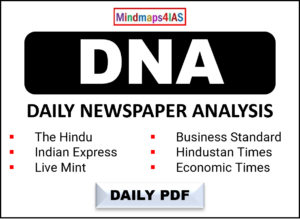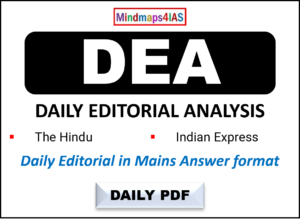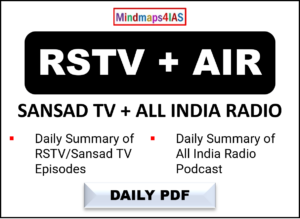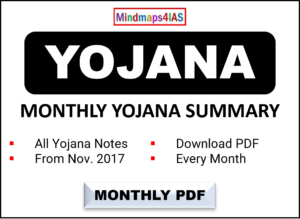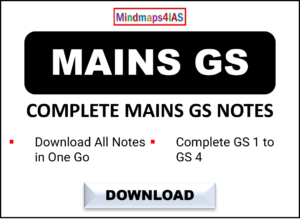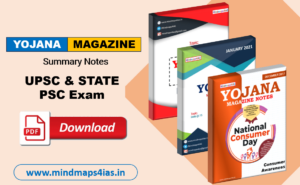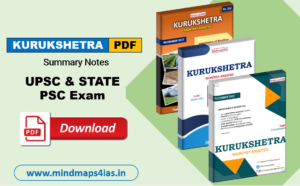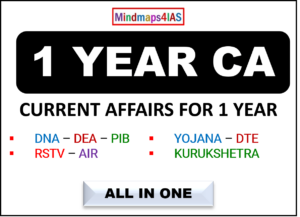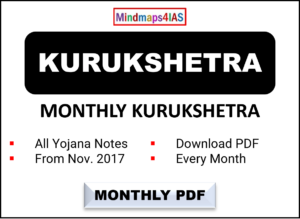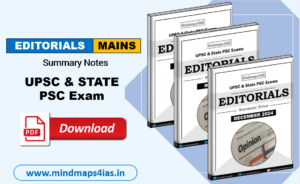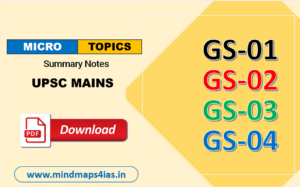Subject: Polity and History
Relevance: This situation highlights key Centre-State issues related to education policy, language, and federalism, making it relevant for UPSC. Understanding the historical context and constitutional provisions is crucial.
Why in the News?
-
Union Education Minister Dharmendra Pradhan suggested that Tamil Nadu would not receive funding under the Samagra Shiksha program until it adopts the National Education Policy (NEP) 2020 and implements its three-language policy.
-
This statement has sparked protests against NEP in Tamil Nadu.
Key Takeaways
-
Conflict over NEP and Three-Language Formula:
-
The DMK government considers the demand to adopt the NEP 2020 and the three-language formula to be “politically motivated.”
-
Linking Samagra Shiksha funds to NEP adoption is viewed as “fundamentally unacceptable.”
-
-
Tamil Nadu’s Resistance to the Three-Language Formula:
-
Tamil Nadu has consistently upheld its two-language policy (Tamil and English) since the 1960s.
-
It has resisted the imposition of Hindi as a third language.
-
Navodaya Vidyalayas, which implement the three-language formula, have not been established in Tamil Nadu due to widespread opposition.
-
National Education Policy (NEP) 2020
-
What is NEP?
-
A comprehensive framework to guide the development of education in the country.
-
The need for a policy was first felt in 1964.
-
-
History of NEPs:
-
First NEP: 1968 (Indira Gandhi)
-
Second NEP: 1986 (Rajiv Gandhi), revised in 1992 (P.V. Narasimha Rao)
-
Third NEP: 2020 (Narendra Modi)
-
-
Concurrent Subject:
-
Education is a concurrent subject (both Centre and states can make laws).
-
NEP 2020 provides a broad direction and is not mandatory to follow.
-
The government aims to implement the entire policy by 2040.
-
Three-Language Formula
-
Origin:
-
Dates back to 1968.
-
-
Details:
-
In Hindi-speaking states: Students should learn Hindi, English, and a modern Indian language.
-
In non-Hindi-speaking states: Students should learn the regional language, Hindi, and English.
-
Hindi in India
-
Most Widely Spoken Language:
-
Hindi is the mother tongue of 52.8 crore people (43.6% of the population).
-
-
Second Language Speakers:
-
Nearly 13.9 crore people (over 11%) report Hindi as their second language.
-
Hindi is either the mother tongue or second language for nearly 55% of the population.
-
Beyond the Nugget: Munshi-Ayyangar Formula and Hindi Diwas
-
Hindi Diwas:
-
Observed on September 14 every year.
-
Commemorates the Constituent Assembly making Hindi the official language of the Union government (with English as an associate language for 15 years).
-
-
Munshi-Ayyangar Formula:
-
Adopted as a solution in the Constituent Assembly regarding the official language.
-
Named after Drafting Committee members K.M. Munshi and N. Gopalaswamy Ayyangar.
-
Article 343:
-
Official language of the Union shall be Hindi in Devanagari script.
-
The international form of Indian numerals shall be used for official purposes.
-
English shall continue to be used for official purposes for 15 years.
-
-
-
Official Languages Act:
-
Passed after protests broke out at the end of the 15-year period due to fears of Hindi imposition, particularly in Tamil Nadu.
-
Stated that English would continue as an official language alongside Hindi.
-
Key Terms
-
NEP: National Education Policy
-
Samagra Shiksha Abhiyan: A Centrally Sponsored Scheme for school education. Education
-
Concurrent Subject: A subject under the jurisdiction of both the Union and State governments
-
Three-Language Formula: A policy promoting the teaching of Hindi, English, and the regional language

